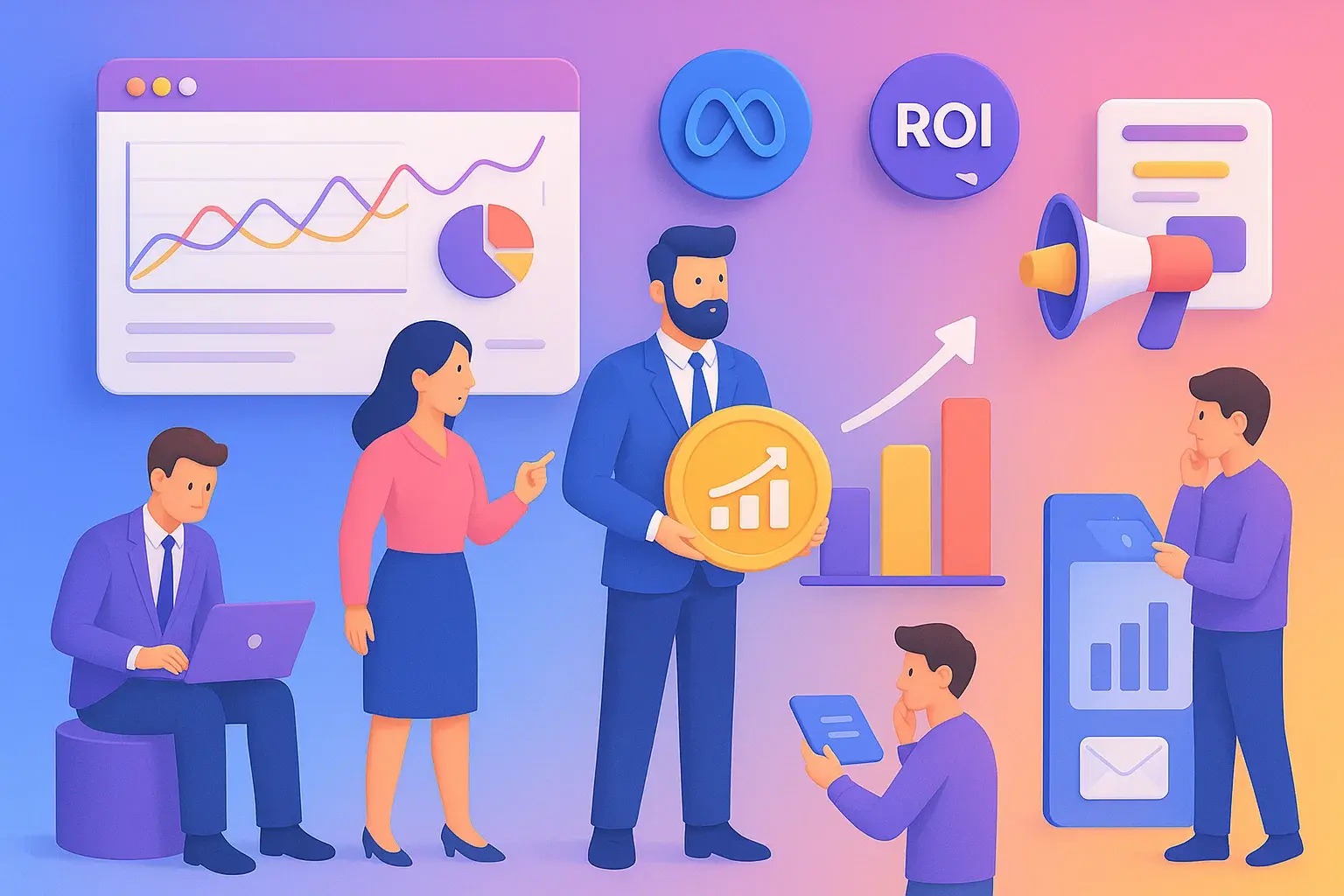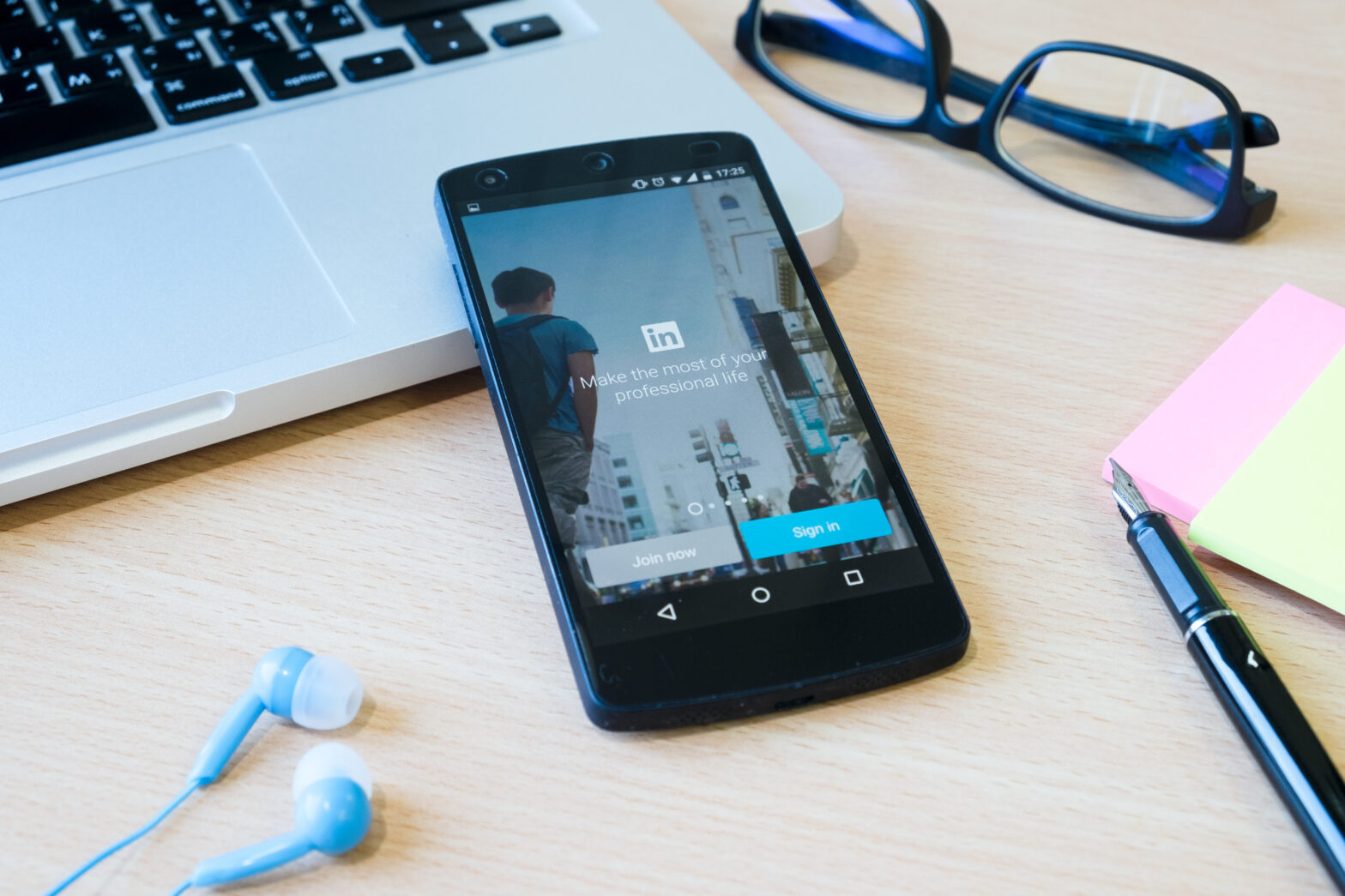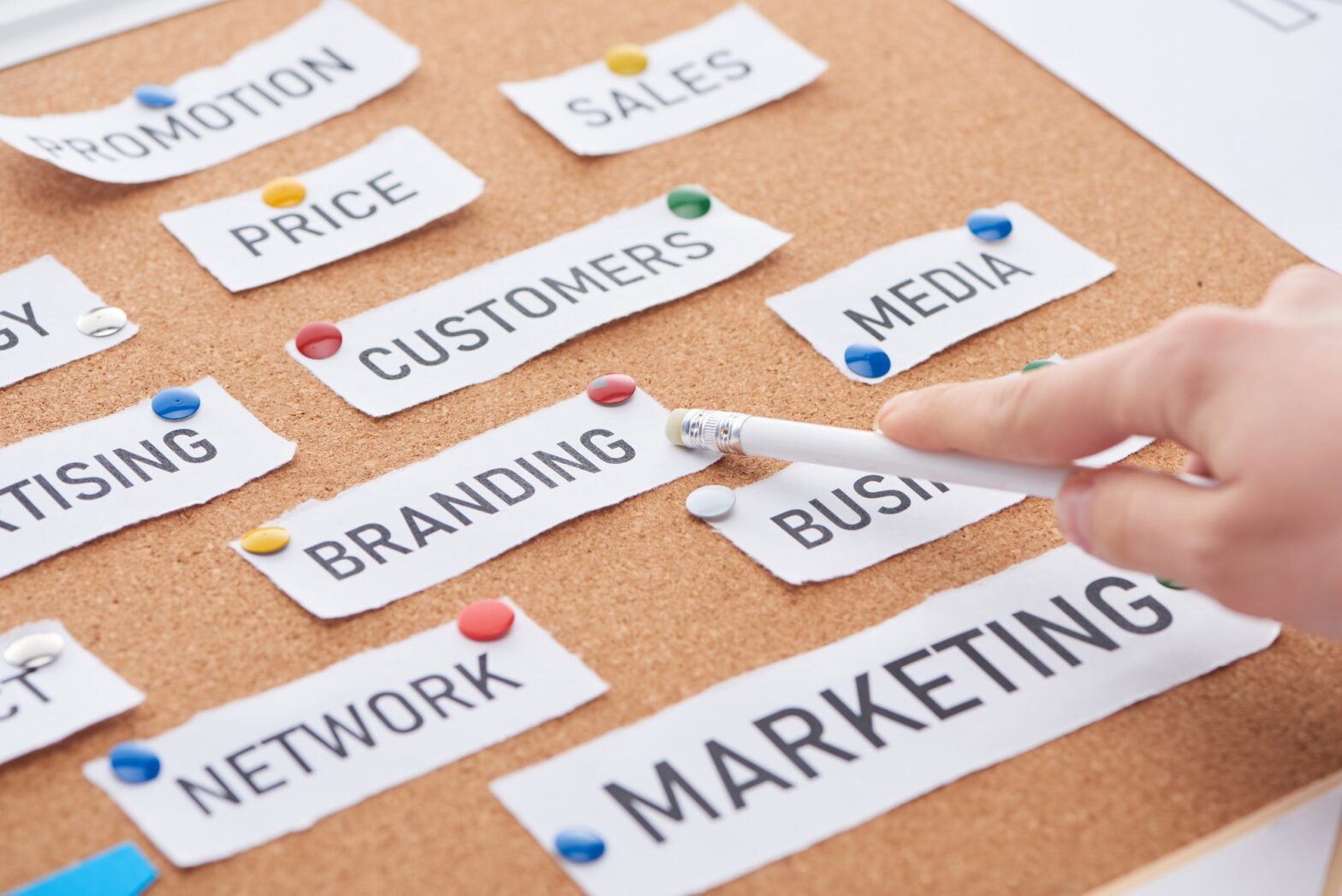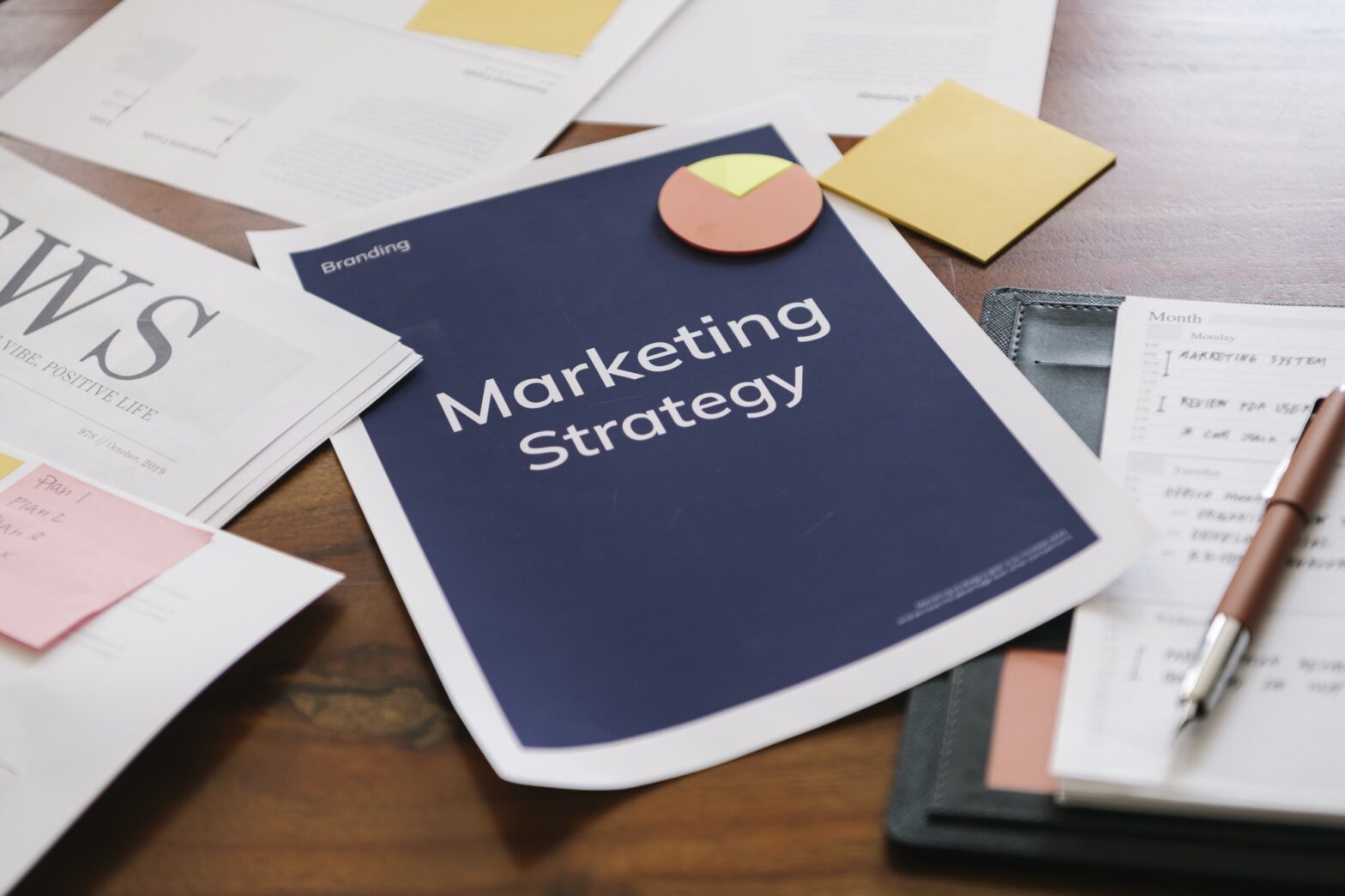Table of Contents What is Performance Marketing? Why Performance Marketing is Essential for Business Growth Key Components of Performance Marketing Step-by-Step Guide: How to Get Started with Performance Marketing Creating Your Performance Marketing Strategy Choosing the Right Performance Marketing Channels Should You Hire an Advertising Agency or Go In-House? Measuring Success in Performance Marketing Common Mistakes to Avoid The Future of Performance Marketing in India Performance marketing has become the backbone of successful digital advertising, and if you’re wondering how to get started with performance marketing, you’re not alone. Many businesses across India are looking to make their advertising spend more accountable and measurable. Whether you’re considering hiring an advertising agency in Jaipur or any other city, understanding the basics of performance marketing is crucial for your business success. What is Performance Marketing? Performance marketing is a type of digital advertising where you only pay when specific actions are completed. Unlike traditional advertising where you pay upfront regardless of results, performance marketing ensures you get measurable outcomes for your investment. The key actions you might pay for include: Clicks – When someone clicks on your ad Impressions – When your ad is shown to people Conversions – When someone makes a purchase or completes a desired action Leads – When someone provides their contact information App installs – When someone downloads your mobile app This approach makes performance marketing particularly attractive for businesses that want to see clear returns on their advertising investment. Why Performance Marketing is Essential for Business Growth Traditional advertising often feels like shooting in the dark. You create an ad, place it somewhere, and hope for the best. Performance marketing changes this completely by providing: Clear ROI Measurement: Every rupee spent can be tracked back to specific results. You know exactly what you’re getting for your money. Better Budget Control: Since you only pay for results, you can control your spending more effectively and avoid wasting money on ineffective campaigns. Real-time Optimization: You can see what’s working immediately and make changes to improve your results while campaigns are still running. Targeted Reach: Performance marketing platforms allow you to reach exactly the right people at the right time with your message. Scalability: Once you find what works, you can easily increase your budget to get more of the same results. Key Components of Performance Marketing Understanding the main elements of performance marketing will help you grasp how to get started with performance marketing more effectively: 1. Tracking and Analytics Everything in performance marketing revolves around data. You need to track user behavior, conversion paths, and campaign performance constantly. 2. Multiple Traffic Sources Successful performance marketing doesn’t rely on just one platform. You’ll typically use a combination of: Google Ads (Search and Display) Facebook and Instagram Ads YouTube Advertising Native Advertising Affiliate Marketing Email Marketing 3. Landing Page Optimization Your ads might be perfect, but if your landing pages don’t convert visitors into customers, your performance marketing efforts will fail. 4. A/B Testing Continuous testing of different ad copies, images, audiences, and landing pages is essential for improving performance over time. Step-by-Step Guide: How to Get Started with Performance Marketing Step 1: Define Your Goals Before jumping into any performance marketing activities, you need crystal clear goals. Ask yourself: What specific action do you want people to take? How much is each conversion worth to your business? What’s your target cost per acquisition? How many conversions do you need per month to meet your business objectives? Write these goals down and make them as specific as possible. Instead of “increase sales,” aim to “generate 100 new customers per month with a cost per acquisition of ₹500 or less.” Step 2: Set Up Proper Tracking Tracking is the foundation of performance marketing. Without proper tracking, you can’t measure performance or optimize your campaigns. Install Google Analytics: This free tool will help you understand how people interact with your website and which traffic sources bring the most valuable visitors. Set Up Conversion Tracking: Whether you’re using Google Ads, Facebook Ads, or other platforms, make sure you’re tracking the actions that matter to your business. Implement UTM Parameters: Use UTM codes to track which specific campaigns, ads, and keywords are driving results. Use Call Tracking: If phone calls are important for your business, use call tracking numbers to measure which campaigns generate phone leads. Step 3: Choose Your Initial Channels When you’re learning how to get started with performance marketing, it’s better to focus on one or two channels initially rather than spreading yourself too thin. Google Ads is often the best starting point because: People are actively searching for solutions You can start with a small budget Results come quickly The platform provides excellent tracking and reporting Facebook Ads work well for: Businesses with visual products Local businesses wanting to target specific geographic areas Companies with clear target demographics Step 4: Create Compelling Ad Content Your ads need to stand out and convince people to take action. Focus on: Clear Value Proposition: What’s in it for the customer? Why should they choose you over competitors? Strong Call-to-Action: Tell people exactly what you want them to do. Use action words like “Get,” “Download,” “Call,” or “Buy.” Relevant Keywords: Make sure your ads match what people are searching for. Mobile Optimization: Most people will see your ads on mobile devices, so make sure everything looks good on small screens. Step 5: Design High-Converting Landing Pages Your landing page is where the magic happens. A great ad that leads to a poor landing page will waste your money. Key elements of effective landing pages: Headline that matches your ad Clear explanation of your offer Easy-to-find contact information Simple form or purchase process Trust signals like testimonials or certifications Fast loading speed Step 6: Start Small and Test Begin with a modest budget while you learn what works. This approach allows you to: Make mistakes without losing significant money Gather data on what resonates with your audience Refine your approach before scaling up… Continue reading How to Get Started with Performance Marketing: A Complete Guide for Beginners
How to Get Started with Performance Marketing: A Complete Guide for Beginners




